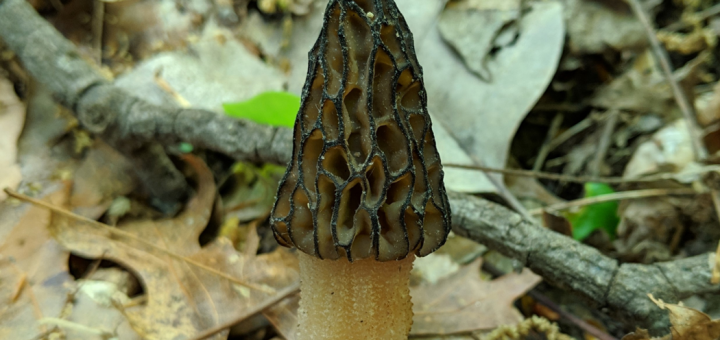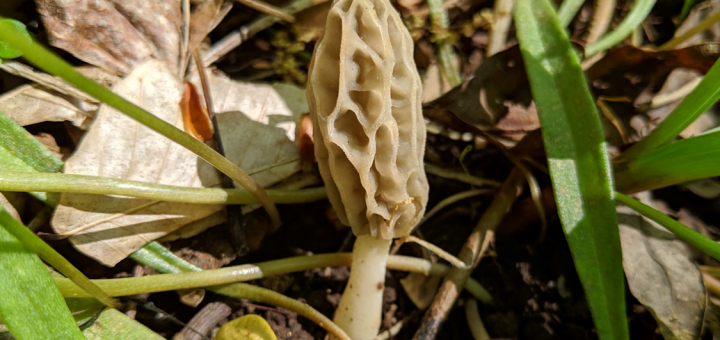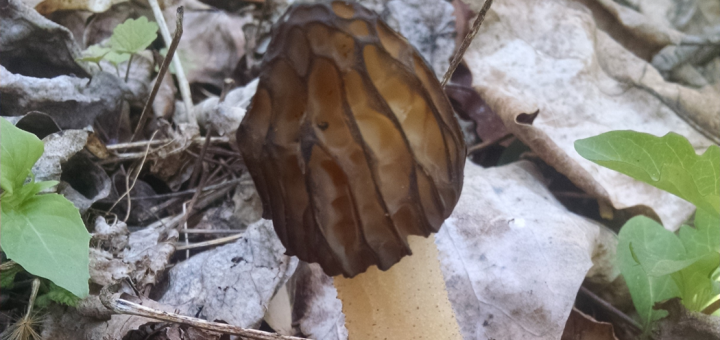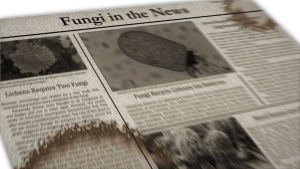#140: Morchella angusticeps, the Black Morel of Eastern North America
Black morels can be distinguished from yellow morels by their dark ridges and light pits. Other morels have light ridges with darker (or only slightly darker) pits. Morchella angusticeps is the most widespread black morel in North America. It can be found almost anywhere east of the Rocky Mountains, although it is not as common as yellow morels (see FFF#086 and FFF#226). There are a handful of black morel species, but you can easily identify M. angusticeps because it is the only one in eastern North America that does not grow in burn sites or on wood.




![#140: Morchella angusticeps, the Black Morel of Eastern North America [Archived]](https://www.fungusfactfriday.com/wp-content/themes/hueman/assets/front/img/thumb-medium-empty.png)





![#011: Characteristics of Kingdom Fungi [Archived]](https://www.fungusfactfriday.com/wp-content/themes/hueman/assets/front/img/thumb-small-empty.png)

